Happy #WeatherWednesday everyone! I hope the lesson on RFD cleared up any confusion you had about its meaning! We will return to talking about supercell characteristics at a later time. With the recent weather business going on in the southwest USA, I would like to talk a bit about it. This isn’t unusual for the interior southwest. Places like Arizona, New Mexico, Nevada, Colorado, California, Utah, and sometimes Trans-Pecos (Texas) experience numerous storms virtually daily around this time every year. It’s called a monsoon!
The North American Monsoon usually starts in July and lasts into mid-September. The rain and storms associated with the monsoon normally move slowly, last for an hour or two, and drop a lot of rain. Lightning can also be frequent which can cause fires and be a danger to campers or other people caught outdoors. Their downdraft winds can be strong enough to move the desert dust and create dust storms. These storms form at random once daytime heating sufficiently mixes the boundary layer and the atmosphere is conducive for convection. Mountains do help focus areas of thunderstorm initiation by anabatic, or upslope winds. The monsoon season accounts for the majority of the annual rainfall in these areas.
Now for the everlasting question: why? What makes this area special this time of year for daily storms? It has a lot to do with the summer heat experienced farther east in the Plains and Midwest. The influences of the subtropical ridge in the Plains during the mid-summer dictate how the flow moves aloft, which usually favors easterly tropical winds from the Gulf of Mexico to overspread the southwest. The ridge is high pressure aloft from thermal expansion of the atmosphere caused by the summer heat in the Plains. This is the dominant synoptic feature in the central US from July into early September. The high pressure incorporates clockwise circulation aloft…so on the south side of the ridge the flow is from the east and curves southeasterly to southerly as it moves over NW Mexico and the SW USA. A “desert heat low” caused by thermal expansion of the atmosphere aids in the low level moisture content. Low pressure spins counterclockwise. When the sun heats up the desert, the air column above it expands and the surface becomes of lower pressure. The subtle circulation kicks in and the winds respond coming from the S/ SW. The Gulf of California is the biggest low level moisture source for this surface flow. This all aids in the moisture transport necessary for storms to the rather dry climate.
Monsoons aren’t unique to just the SW USA…they materialize in other select parts of the world at various times and intensities. Bangladesh has arguably the most pronounced and intense monsoon season in the world. The rain lasts for months and serious flooding causes major loss of property and even life. Valleys in the SW USA do experience brief flash flooding a lot, but normally damage and human impact is low.

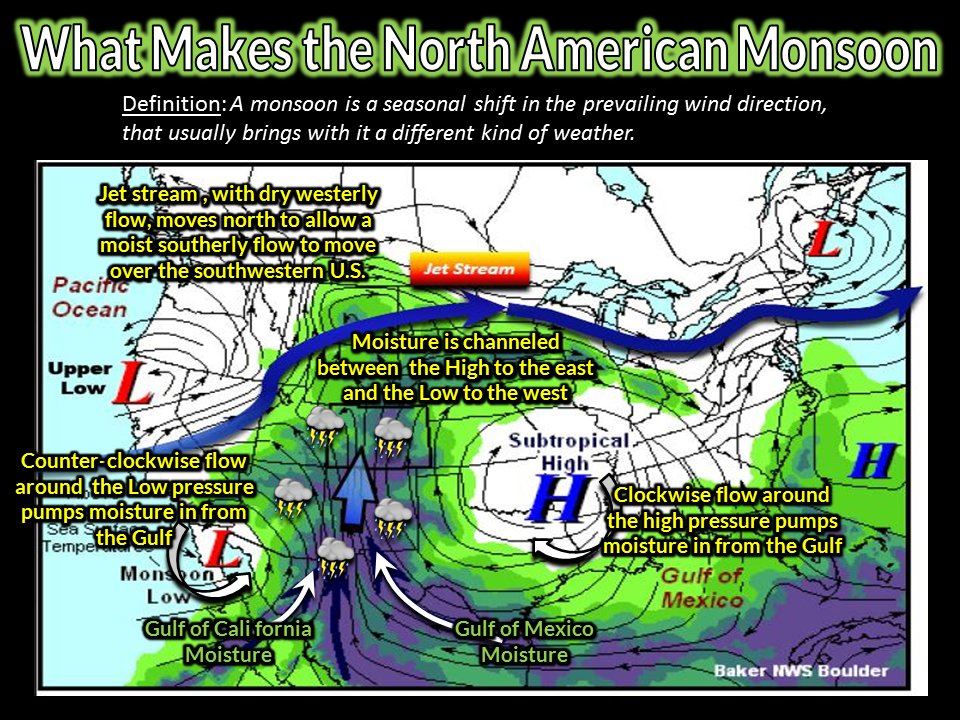
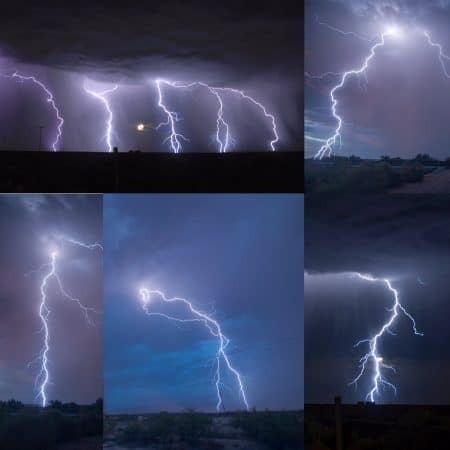
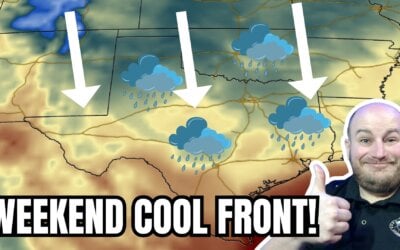
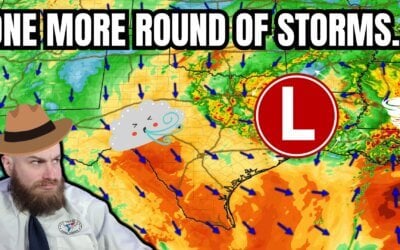
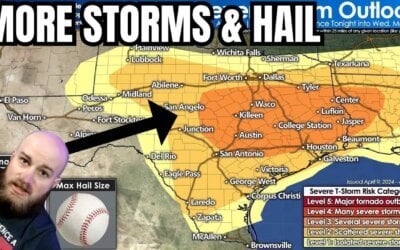
0 Comments